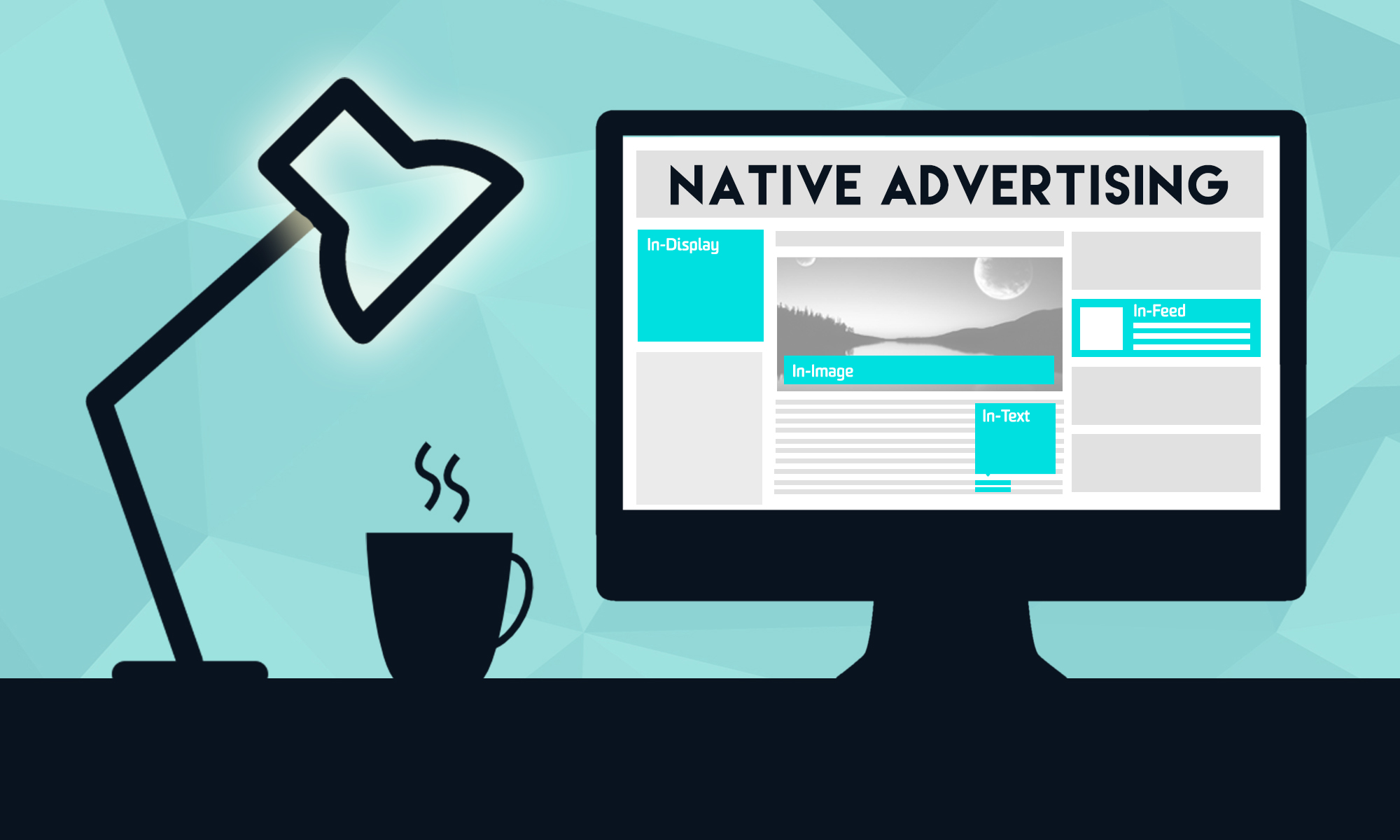Programmatic Native: Making It Work For Everyone

After a year of debating the definition and musing over its potential, native advertising has finally found its place in the digital advertising ecosystem. Publishers are steadily adopting this new revenue stream and countless advertisers are eagerly exploring the opportunity. This rapid growth has caused fragmentation in the native marketplace, leading to limitations of scale, standardization and diversity.
What has caused native advertising to gain such traction? Does it work for every player in the landscape? And how can we overcome the teething problems to realize the full potential of native?
The broader appeal of Native
Native advertising is drawing growing interest and new budgets from a variety of previously limited demand sources. There is significant interest from search agencies due to the ability to target and optimize keywords, as well as transact on a CPC basis. This provides an alternative supply source for search budgets.
Content Marketing agencies also see the benefits of native as they increasingly look to diversify into these new non-standard formats and distribution channels. Native enables content marketers to scale their campaigns across multiple ad formats such as In-Feed, In-Image, In-Video and In-Text.
For publishers, Native formats offer creative freedom for product teams to design a more seamless user experience. Native ads often enhance the user journey – fitting with the natural flow of the page and adding value with additional branded content.
New opportunities on both sides
Native advertising offers opportunities for sellers to interact with a wider ecosystem of buyers, increase yield and create a much-needed alternative revenue stream. This incremental revenue builds on, rather than competes with, traditional display earnings.
Improved performance and metrics are the key to growth in the native market; viewability, better engagement rates, higher CTRs and superior eCPAs position native as a strong competitor in the online ad ecosystem. According to Digiday, “Native’s ability to influence purchase is the second-biggest metric marketers want (55 percent), after its ability to influence opinion of the brand (60 percent)”.
As Yahoo’s Marissa Mayer put it, “Native experiences beat their traditional counterparts in almost every metric.” Whether you’re a DR advertiser trying to drive more sales, or a brand advertiser trying to make a bigger digital impact, there are native executions that can meet the brief.
Scaling Native through Programmatic
Now that native has earned its stripes as a viable alternative to traditional display, the next hurdle is to successfully scale these new formats. Scaling this is the key to opening up new spend – and in a time when clearing prices on open ad exchanges is just pennies, it is time for the market to forge a new future of high performance, financially sustainable ad formats.
Following in the footsteps of traditional display, Real-Time Bidding will help us to achieve that scale in native by connecting Trading Desks, DSPs, Networks and Publishers.





